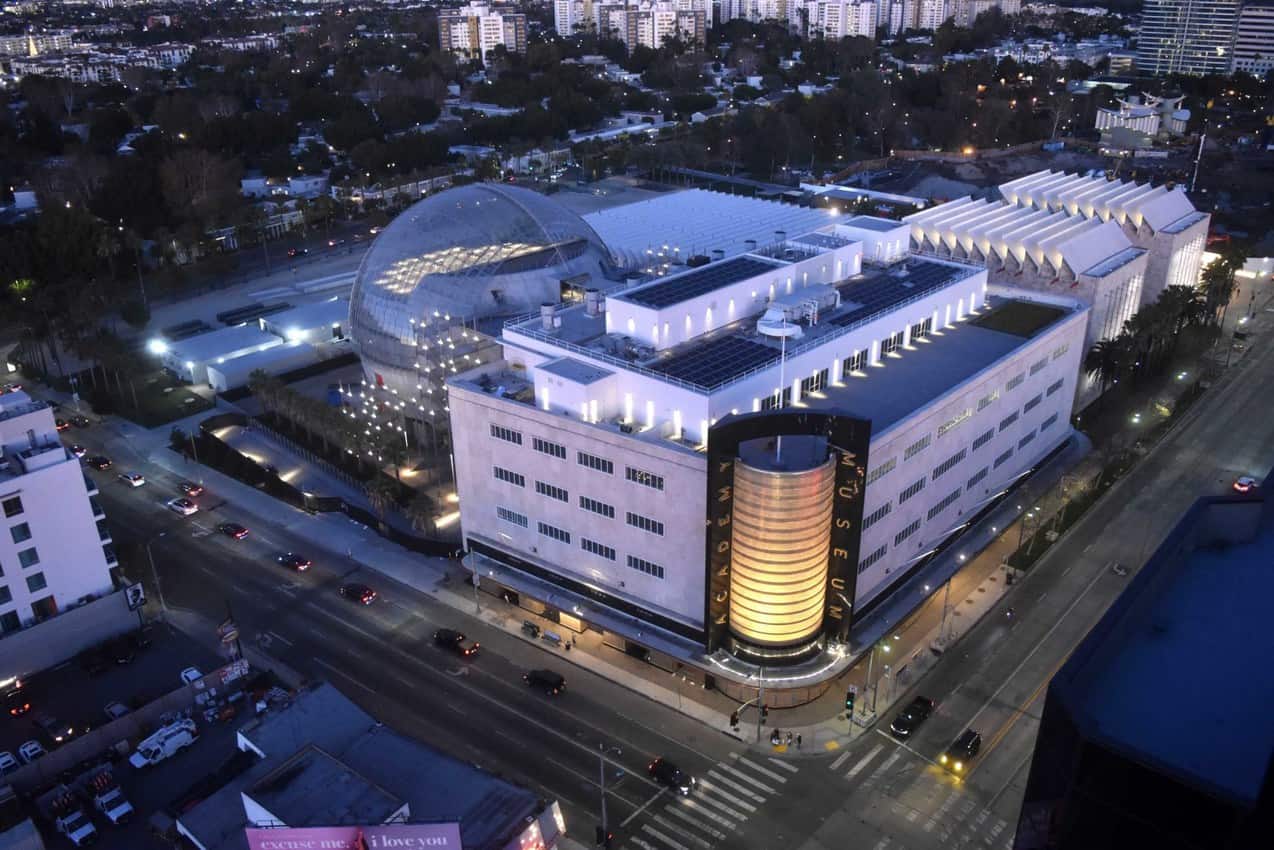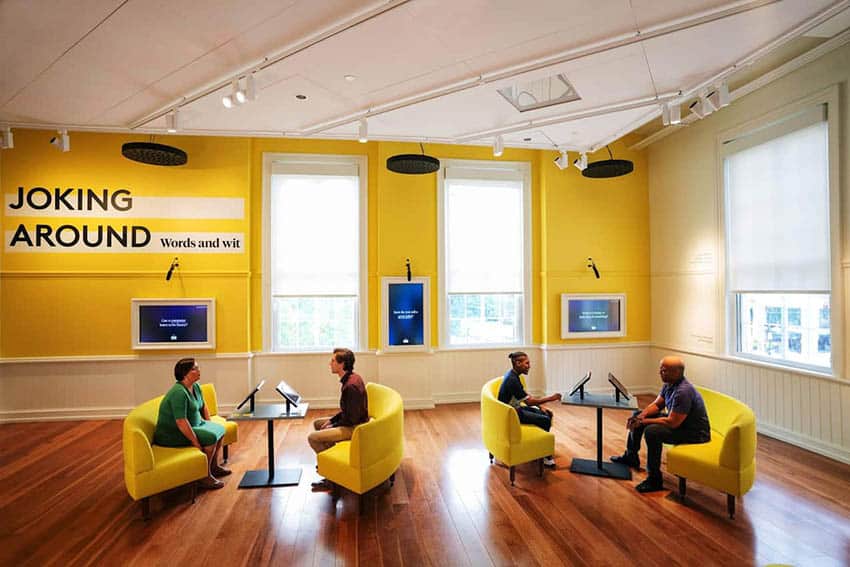
Peabody Essex: A World-Class Collection that Rivals Any Museum in New England
By Anna Gooding-Call
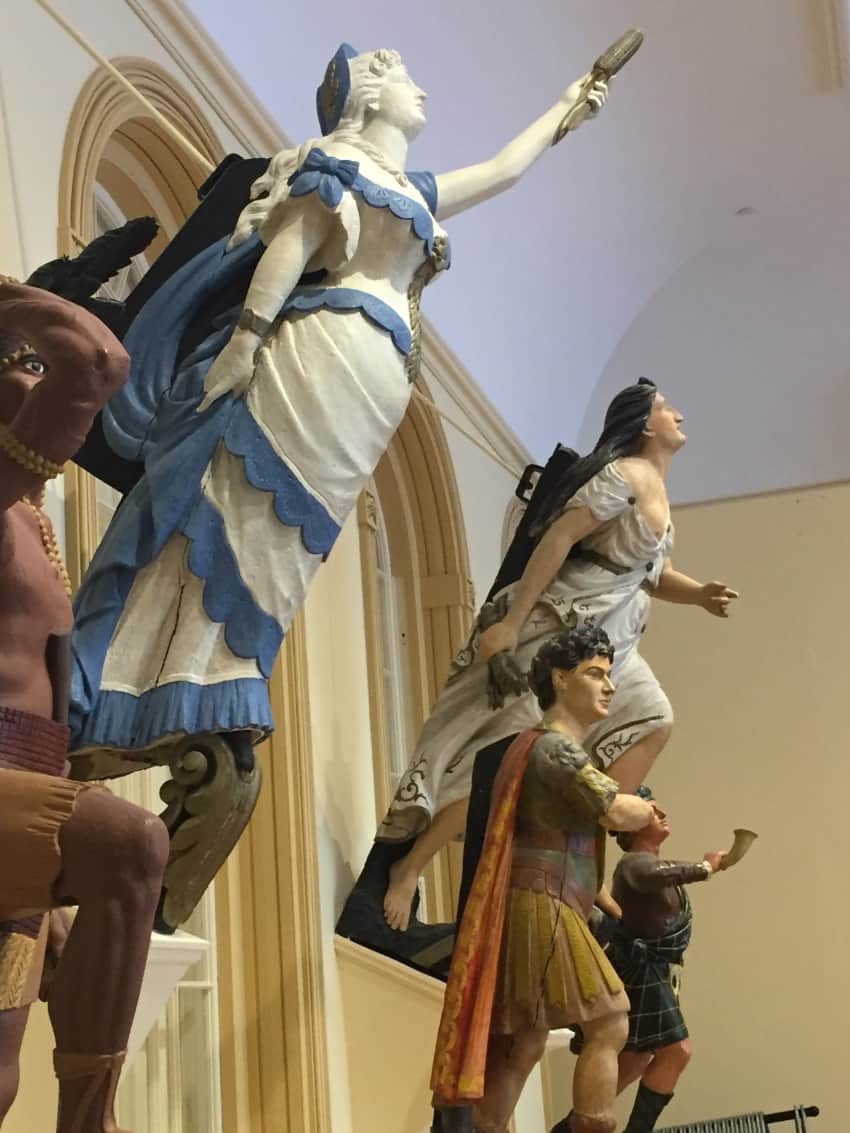 If you wander up Essex Street from the bustling downtown area around Salem’s famous Bewitched statue, you will pass a large handful of magic shops, souvenir vendors, and tour groups before you come upon an enormous cement building.
If you wander up Essex Street from the bustling downtown area around Salem’s famous Bewitched statue, you will pass a large handful of magic shops, souvenir vendors, and tour groups before you come upon an enormous cement building.
This is the Peabody Essex Museum, possibly one of the top fine art museum in the entire New England area. Increasingly, this Massachusetts institution is a magnet for tourists seeking culture.
And as of September 2019, the museum features a brand new 40,000-square-foot wing and 13 new galleries and exhibitions.
However, from this direction, you will find yourself approaching the building’s rear.
The building is a solid butte of cement on this pedestrian-only section of the street, flush with the older brick storefronts on Essex but entirely separate from them in style and materials.
Abrupt Transition
The transition from classic New England brickwork to cement facing is abrupt, even visually jarring. This is one reason that the PEM may prefer visitors to park across the street at Museum Place Mall, which is topped by a cavernous garage and opens almost directly in front of the PEM’s grand glass entrance.
It is worth mentioning that the mall garage tends to operate at capacity during October when the city of Salem celebrates Halloween with a widespread family-friendly party that consumes the entire month.
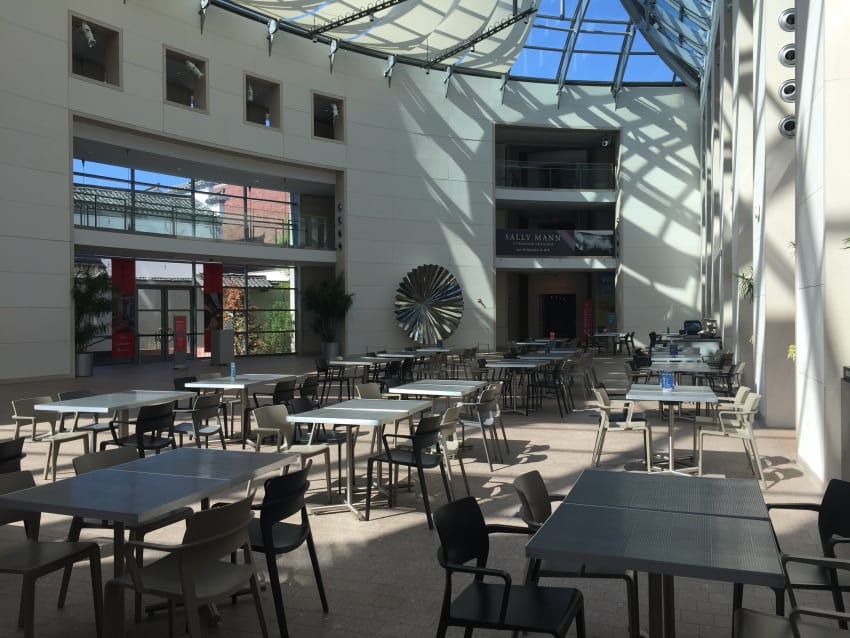
During this time, visitors are strongly advised to park in the city of Beverly, which is located to the north of Salem, and take the train.
The commuter rail train station there features an adequate parking lot and the train inbound toward Boston will deposit you in Salem within fifteen minutes of departure. Expect to pay $3.25.
Once you arrive at the PEM, you’ll be greeted by a world-class gift shop. There is no need to enter the museum to scout the curios here, which include jewelry, clothing, and books.
These souvenirs are generally expensive but of gift-worthy quality. Store inventory falls along the themes of the spotlight exhibits in the PEM itself, and for this reason, item availability in the gift shop is always in flux.
An Enormous Museum
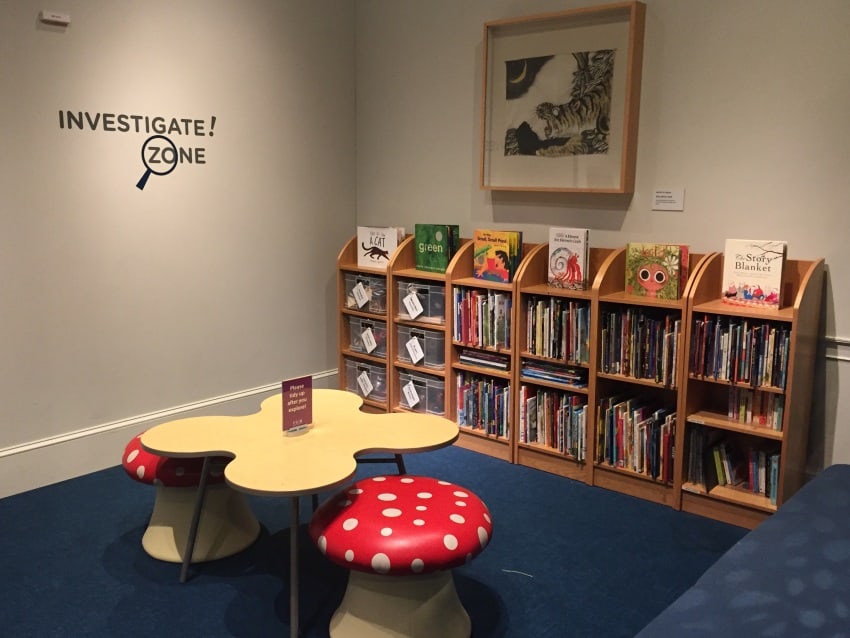
The savvy traveler will proceed past the gift shop entrance to the reliable coat check before entering the museum proper. Even for a world-famous art venue, the PEM is enormous, and carrying a hat or scarf will become tiresome.
Its current size notwithstanding, the museum building also exists in a state of constant expansion, a fact that has increasingly annoyed local Salemites over the past five years.
When visiting, be aware that the PEM is somewhat controversial in the town. On one hand, it represents an enormous year-round tourist draw, something that Salem badly needs. Estimates gauge the PEM’s contribution to the city at 11% of Salem’s total tax revenue.
However, the museum’s aggressive land and document acquisitions have recently inspired citizen activism focused on regulating the PEM’s activity.
Despite the outcry, citizens of Salem and children under the age of 16 are allowed to visit the PEM for free. Salemites must show ID to gain entry. Other adults can visit for $20 apiece, and seniors over 65 pay $18. Students get the best deal at $12 per person as long as they can show ID.
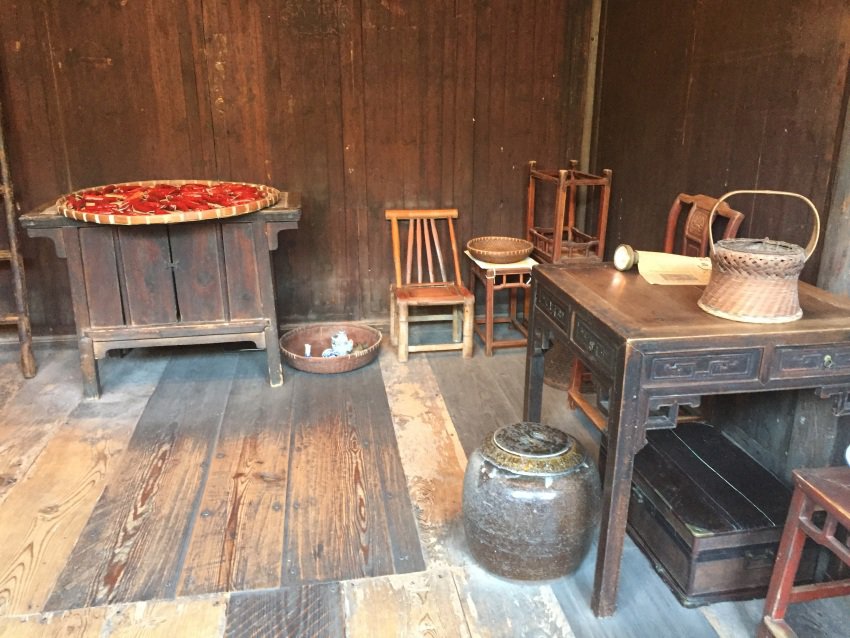
2019 Expansion
On September 28, 2019, the Peabody Essex Museum opened its 40,000-square-foot wing designed by Ennead Architects, New York. The expansion and renovation feature new installations, a light-filled atrium, an entry, and facilities school and group tours, new linkages and traffic flow to existing galleries, and a 5,000-square-foot garden designed by Nelson Byrd Woltz Landscape Architects.
Some of the installations include the Maritime Art Gallery, Asian Export Art Gallery, Fashion & Design Gallery, Powerful Figures, Hans Hoffman: The Nature of Abstraction, and more.
Over the course of the next three years, PEM will open even more new installations of its collections – including American and Native American Art; Photography; Chinese Export Art; Japanese Export Art; Korean Art; South Asian Art; Oceanic Art; a Meditation Gallery; a new installation in East Indian Marine Hall; and a new gallery dedicated to Yin Yu Tang, PEM’s Chinese House.
The museum will have opening events leading up to the ribbon cutting on Saturday, September 28, 2019, including an annual gala, press preview, member preview, and an all-night party.
Began in 1799
The PEM began in 1799 as a collection of the East India Marine Society, a cadre of sea captains who pledged to acquire and display the world’s most interesting artifacts and art.
Much of the original collection is still on display in the museum, even though the Society’s holdings had already outgrown its original storage space just three years after its founding. The original museum, the East India Marine Hall was built in the 1820s and is now an annex of the modern PEM.

Featuring tall glass windows and a very high ceiling, this building is a National Historic Landmark. In addition to its interior collections, the Marine Hall also displays a full-size anchor on Essex Street when construction is not active.
Above this, the building’s only remaining exterior wall looms opposite an elaborate fountain and the shops and restaurants of the Museum Place Mall.
Prior to the 2016 expansion, this area of the PEM was most famous for its wooden figureheads, hand-carved images of women, Native Americans, and other distinctively styled people that decorated the prows of tall ships. Today, the space also houses modern art.
The East India Marine Hall isn’t the only complete building that has become part of the PEM complex. In 2003, the museum underwent a massive expansion that included the acquisition of an entire 19th-century Chinese house, which was deconstructed, transported from Anhui province, and rebuilt to fit within the PEM itself.
Yin Yu Tang House at PEM
Of all the museum’s holdings, the Yin Yu Tang house is most worth a visit. When it was in use, it housed generations of the Huang family, whose fortunes rose and fell with the circumstances around them. As an exhibit, it is an immersive experience, a true step into the lives of the people who once called it home.
The PEM has carefully restored the entire building, adding authentic artifacts from the Mao era, when the Huangs endured constant speeches from their leader by way of government-mandated speakers, and parts of the kitchen and courtyard that suggest a more traditional, family-centered existence.
Touring the House with a Guide
Stop at the desk to ask about this exhibit before you proceed. Depending on the time of day, you may have the option of touring through the house with a guide. Some museum-goers may prefer to use the provided audio devices to walk through by themselves, soaking in this remarkable installation at their own pace. Tickets to Yin Yu Tang cost an additional $6 per person, although Salemites and children may visit for free.
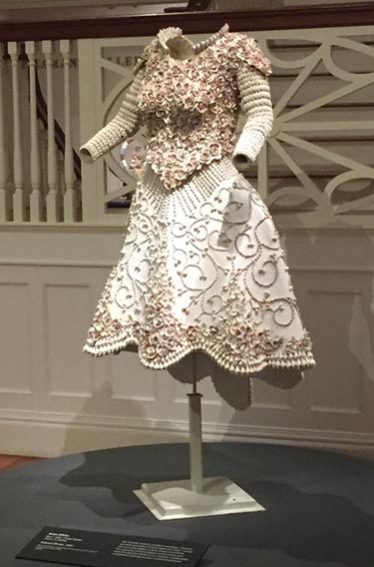
While the house is a valuable educational experience, young children should be watched closely to make sure that they don’t touch the very real, very historical props.
If you treat yourself to this exhibit, which is a permanent part of the PEM’s holdings, make sure and tour the museum’s impressive collection of Asian art, too.
Most of the PEM’s older material is housed deep in its galleries and includes 19th-century pottery, world-class paintings, ceramics, woodwork, and more. As much as the museum now displays – and the size of its collection is dizzying – it is rumored that the PEM keeps even more in storage.
Legend has it that this hidden wealth includes the skull of the pirate Blackbeard, which is supposed to have been dipped in silver after his death.
In a Halloween-focused town like Salem, it may seem remarkable that the museum doesn’t display this morbid memento, regardless of whether the skull’s first owner was actually the universally feared Edward Teach.
However, the museum is not enthusiastic about Salem’s annual scarefest and tends to remain aloof from the town’s otherwise gleefully hokey tourist industry. Nor is this the only tall tale about the PEM’s legacy that the museum will not discuss.
As locals have it, the museum’s namesake may have been a literary figure. George Peabody, one of the most successful money men of the Industrial Revolution, was obsessed with money until he experienced a profound change of heart.
Thereafter, he poured his vast wealth into educational projects, including the Peabody Academy of Science, which eventually became the Peabody Museum of Salem. This merged with the East India Marine Hall in 1867 to become the Peabody Essex Museum.
Between his stinginess, his surprising philanthropy, and his acumen as a businessman, Peabody fits the description of a certain notable Dickens character. Today, some residents of the cities of Peabody, Salem, and Danvers still insist that George Peabody was the living model for Ebenezer Scrooge.
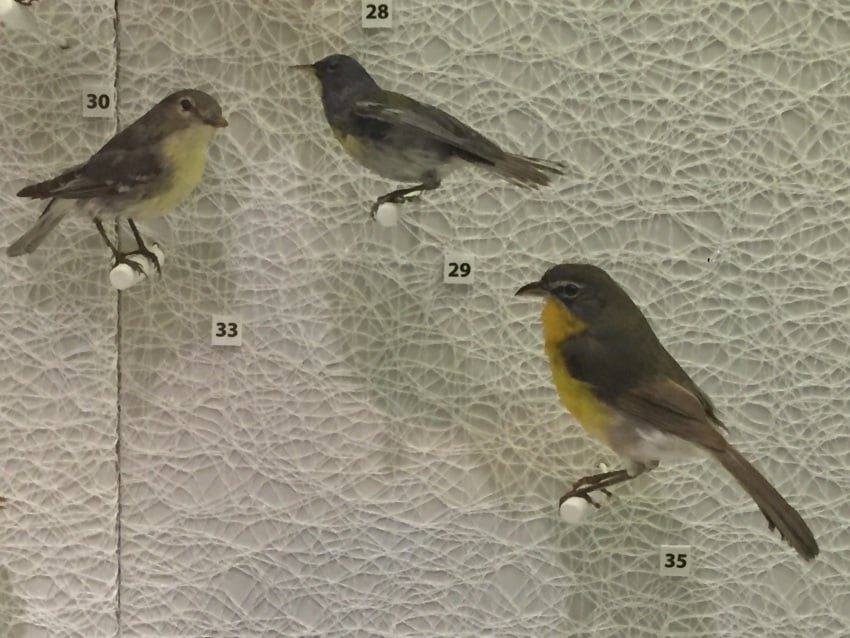
The PEM’s most accessible areas tend to rotate through themed exhibitions that dominate the second story exhibit halls visible upon entry into the museum. These features have included the fashion of Georgia O’Keeffe, the exquisite sculptures (and ornately decorated eggs) of the Faberge family, and an elaborate walk-through feature that incorporated live finches.
These exhibits are not touch-friendly, but other areas in the museum, generally on the first floor to the far side of the cafeteria, are appropriate for children. In fact, the PEM maintains a permanent Maker Lounge where kids and teens can express themselves creatively.
As impressive as the rest of the museum is, its cafe, located at the interior entrance to the gift shop, can’t compete with the food that’s available immediately outside of the museum. Avoid eating at the PEM unless you enjoy paying outrageous prices for the unimpressive fare.
There are several affordable restaurants located in Museum Place Mall, eateries on Derby and Front Streets, and cafes dotting Essex Street in both directions. The museum does not allow outside food in its building.

Although it’s open on weekends, the PEM closes on Mondays. Weddings and other special events sometimes happen in the main building during off-hours.
Going forward, expect the PEM to continue growing. Aside from its ever-expanding building, it owns a great deal of property throughout the city of Salem, much of it in the residential historical neighborhoods of Federal Street and the McIntire District. Several of these are open to the public and conduct regular tours.
The Ropes Mansion, which is located near the Unitarian Universalist Church, is notable for its stunning rose garden.
This spot, a hidden gem, is a comfortable walk from the PEM down Essex Street and across Route 114. This walk will take a tourist past several restaurants, shops, and sites of interest.
The garden itself is located in a quiet area and features a Little Free Library. After a PEM experience, or during a hectic Halloween adventure, it is the perfect way to decompress. Visit the museum website.
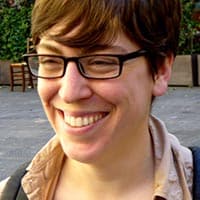
- Greece Getaway: Camping Hacks for Your Next Getaway - April 25, 2024
- Products and Clothing You Might Enjoy - April 25, 2024
- Saudi Arabia Might Be Your Next Getaway Spot - April 23, 2024


